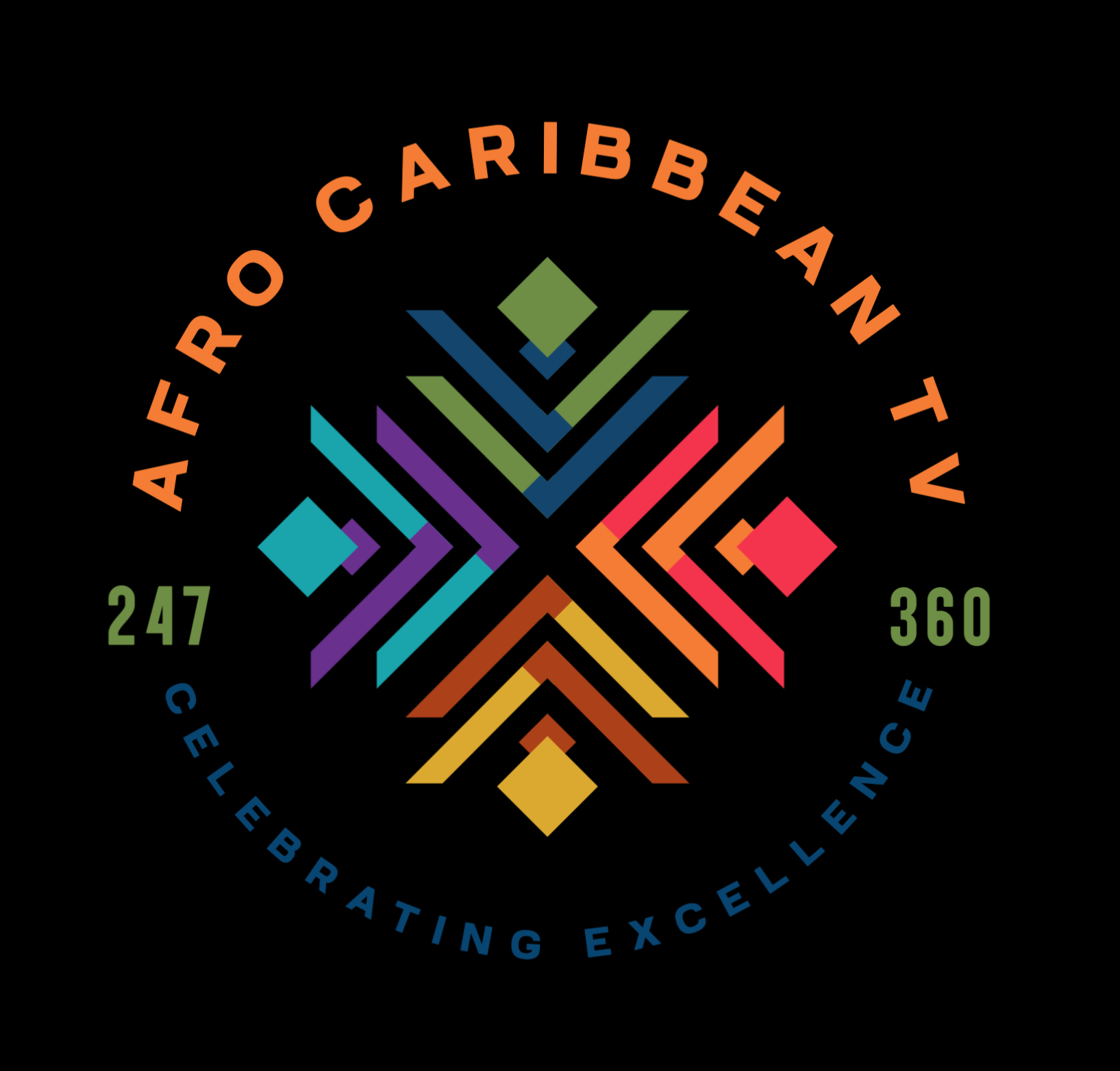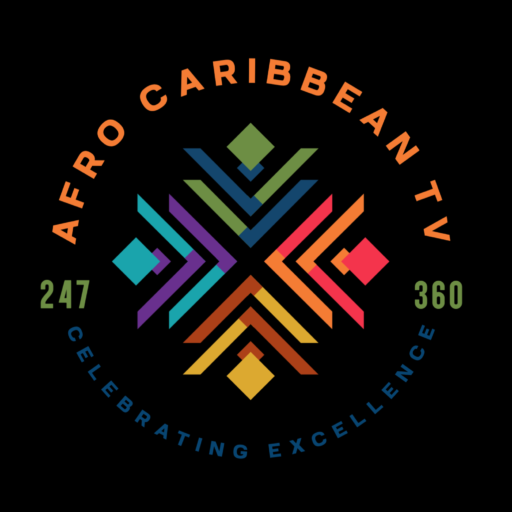Curaçao is surrounded by the Caribbean Sea, not an ocean per se, but it is connected to the Atlantic Ocean through the Caribbean Basin. The island’s marine environment is one of its most important natural assets—both ecologically and economically.
Here’s an overview of Curaçao’s oceanic and marine environment:
1. Geographical Context
- Location: Curaçao is located in the southern Caribbean Sea, about 65 km (40 mi) north of Venezuela.
- Ocean Zone: It’s part of the Caribbean Sea, which itself is a sub-basin of the western Atlantic Ocean.
- Coastline: Over 365 km (227 miles) of coastline with calm waters on the south and rougher surf on the north due to trade winds and waves.
2. Marine Biodiversity
Curaçao is world-renowned for its marine biodiversity, particularly its coral reef ecosystems, which rank among the most intact in the Caribbean.
Coral Reefs
- Fringing reefs run along much of the southern coast.
- Popular dive sites like Mushroom Forest, Blue Room, and Tugboat attract divers worldwide.
- Reefs host corals, sponges, crustaceans, sea turtles, dolphins, and over 500 fish species.
Other Habitats
- Seagrass beds: Found in sheltered bays, important for juvenile fish and sea turtles.
- Mangroves: Limited but ecologically critical, especially in protected inlets.
- Deep-sea trenches: The sea floor drops steeply just offshore, giving access to deep ocean habitats close to land.
3. Marine Life Highlights
- Sea turtles: Green, hawksbill, and loggerhead species are commonly seen.
- Dolphins and whales: Occasionally spotted, especially during migratory seasons.
- Lionfish: An invasive species threatening native fish populations—targeted by divers and restaurants.
- Parrotfish, angelfish, moray eels, and stingrays are common in reef zones.
4. Ocean-Based Activities
Curaçao’s economy and tourism depend heavily on the Caribbean Sea:
| Activity | Description |
|---|---|
| Scuba diving | Over 60+ dive sites, both shore and boat access |
| Snorkeling | Calm clear waters make for easy snorkeling |
| Fishing | Deep-sea and coastal fishing are popular |
| Sailing/Kayaking | Common on the southern coast |
| Cruise tourism | Cruise ships dock at Willemstad |
5. Conservation & Marine Research
- Curaçao is a global leader in marine conservation thanks to research centers like:
- CARMABI (Caribbean Research and Management of Biodiversity)
- Efforts include:
- Coral reef restoration
- Lionfish control
- Marine protected areas (MPAs)
- Curaçao is a partner in international ocean conservation efforts (e.g. ICRI, UNESCO).
6. Threats to the Ocean
Like many coastal regions, Curaçao faces marine challenges:
| Threat | Impact |
|---|---|
| Coral bleaching | Due to rising sea temperatures |
| Coastal development | Leads to sedimentation and habitat loss |
| Plastic pollution | Affects beaches and marine wildlife |
| Overfishing | Impacts reef balance and fish stocks |
Summary
| Feature | Details |
|---|---|
| Body of Water | Caribbean Sea (Atlantic Ocean basin) |
| Marine Habitats | Coral reefs, mangroves, seagrasses, deep sea |
| Key Species | Sea turtles, reef fish, dolphins, lionfish |
| Activities | Diving, snorkeling, fishing, sailing |
| Conservation | Coral restoration, MPAs, marine research |



